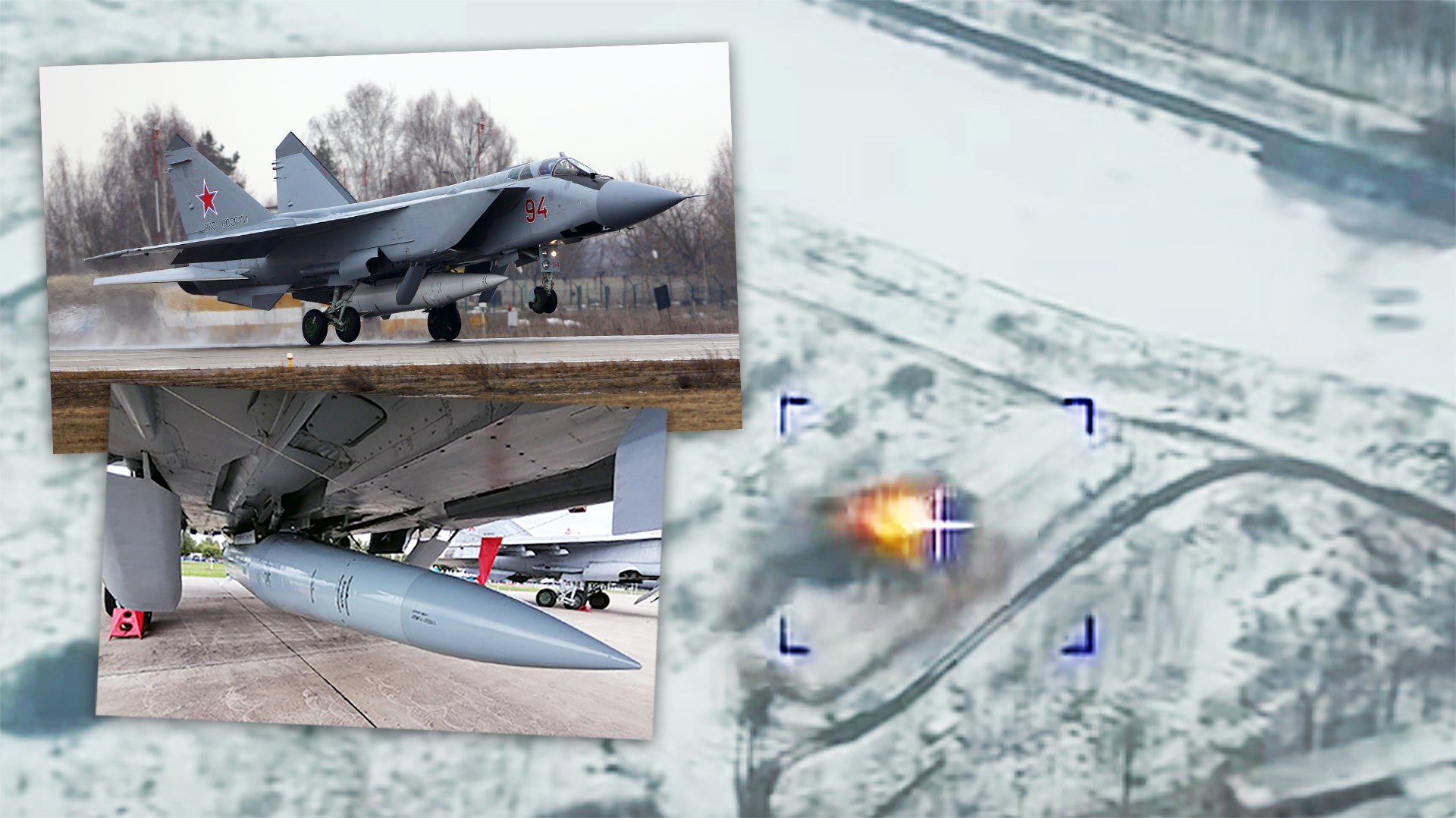The Russian Ministry of Defense released a video early Saturday that it claimed showed a Kinzhal hypersonic air-launched ballistic missile hitting a Ukrainian missile warehouse about 300 miles southwest of Kyiv. The strike, if it did occur, would represent both the first known use of the Kinzhal in combat and yet another Russian attack on facilities in western Ukraine near the country’s borders with multiple NATO members. But there are elements of Russia’s claims that don’t quite add up and the implications of the use of Kinzhal in the conflict are limited, regardless.
Author’s Note: We have a major update to this story at the bottom of the page
The MiG-31-launched Kh-47M2 “Kinzhal” or “Dagger” missile — which Russia claims can be conventionally or nuclear-armed — first emerged as one of Russia’s ‘super weapons’ unveiled in a fiery speech from Vladimir Putin in 2018. The War Zone was subsequently the first outlet to identify it as a modified Iskander-M tactical ballistic missile adapted for air-launch. The MiG-31’s ability to reach high-speed and high-altitude prior to release gives Kinzhal a major boost in range and speed over its ground-launched cousin. It also can modify its trajectory outside of a traditional ballistic arc. This and its speed make it challenging to intercept. It’s also worth noting that we still don’t know if it also packs a similar decoy-launching capability as the Iskander-M was recently revealed to possess, which could also help it penetrate air defenses.
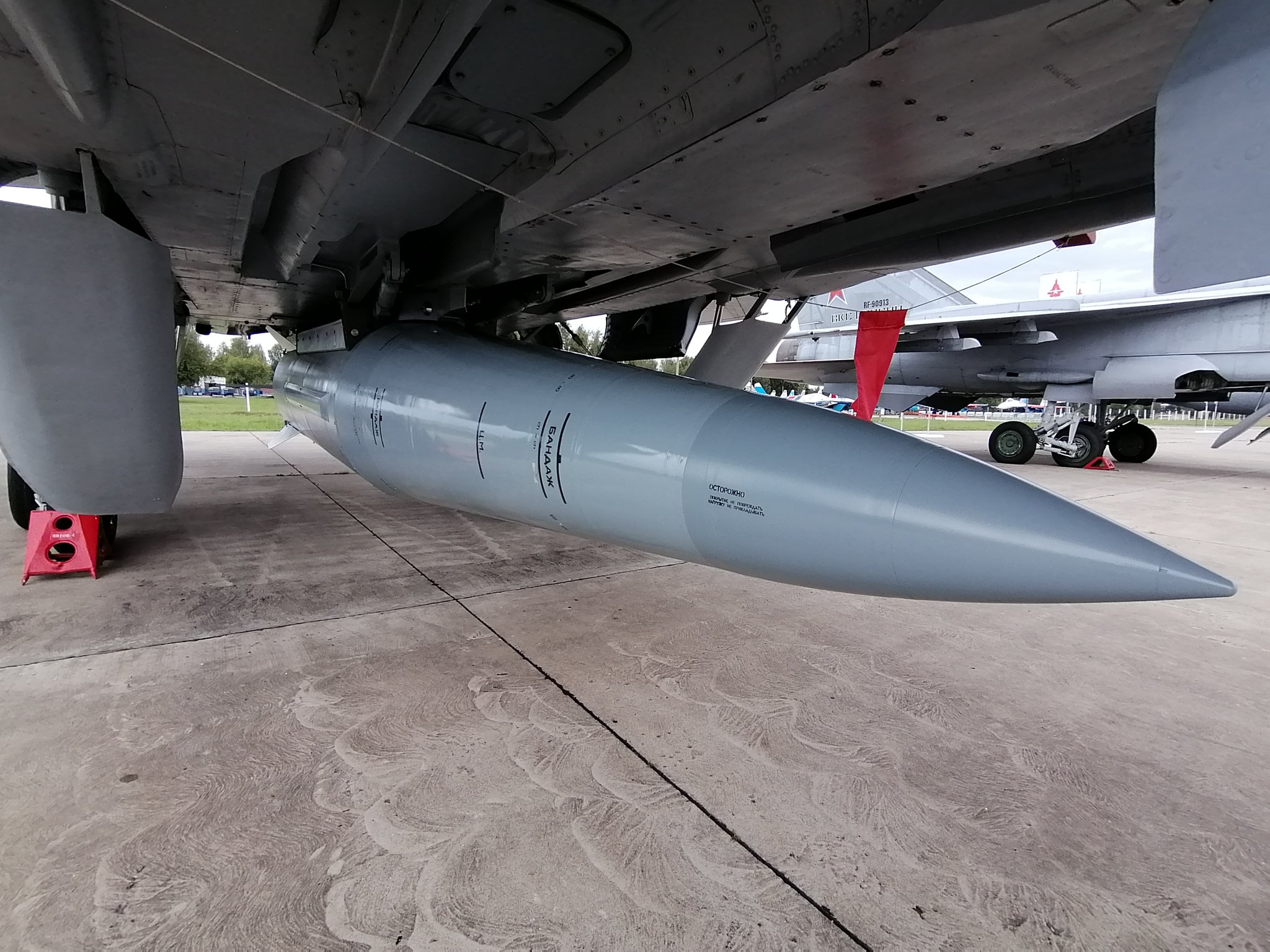
Kinzhal is also said to have an anti-ship capability, although the true nature of its abilities in this regard are unclear. It is possible that a conventional anti-ship role remains aspirational and it could only be used in that role via its nuclear option, or if it is fitted with an active radar seeker capable of targeting moving vessels. So far, we know stocks of these weapons are limited, as are their modified MiG-31 launch platforms, but they have deployed to Syria and Kaliningrad recently, indicating an expansion of their operations. Speed and range estimates for the missile vary greatly, but somewhere in between Mach 5 and 12 and 900-1,6000 miles is generally what is assumed.
Now, getting back to this Kinzhal strike in Ukraine, there are several questions we have about the Russian MoD’s video that is claimed to show the Kinzhal strike in question, seen here:

The claimed target was an underground missile storage facility in Delyatyn, Ivano-Frankivsk Oblast. A quick check of maps shows the Delyatyn base on the north side of the Carpathian Mountains, close to Ukraine’s borders with Romania and Hungary. Delyatyn fits the bill for a missile or ammunition storage facility, with bunkers built into terrain and away from built-up civilian areas.
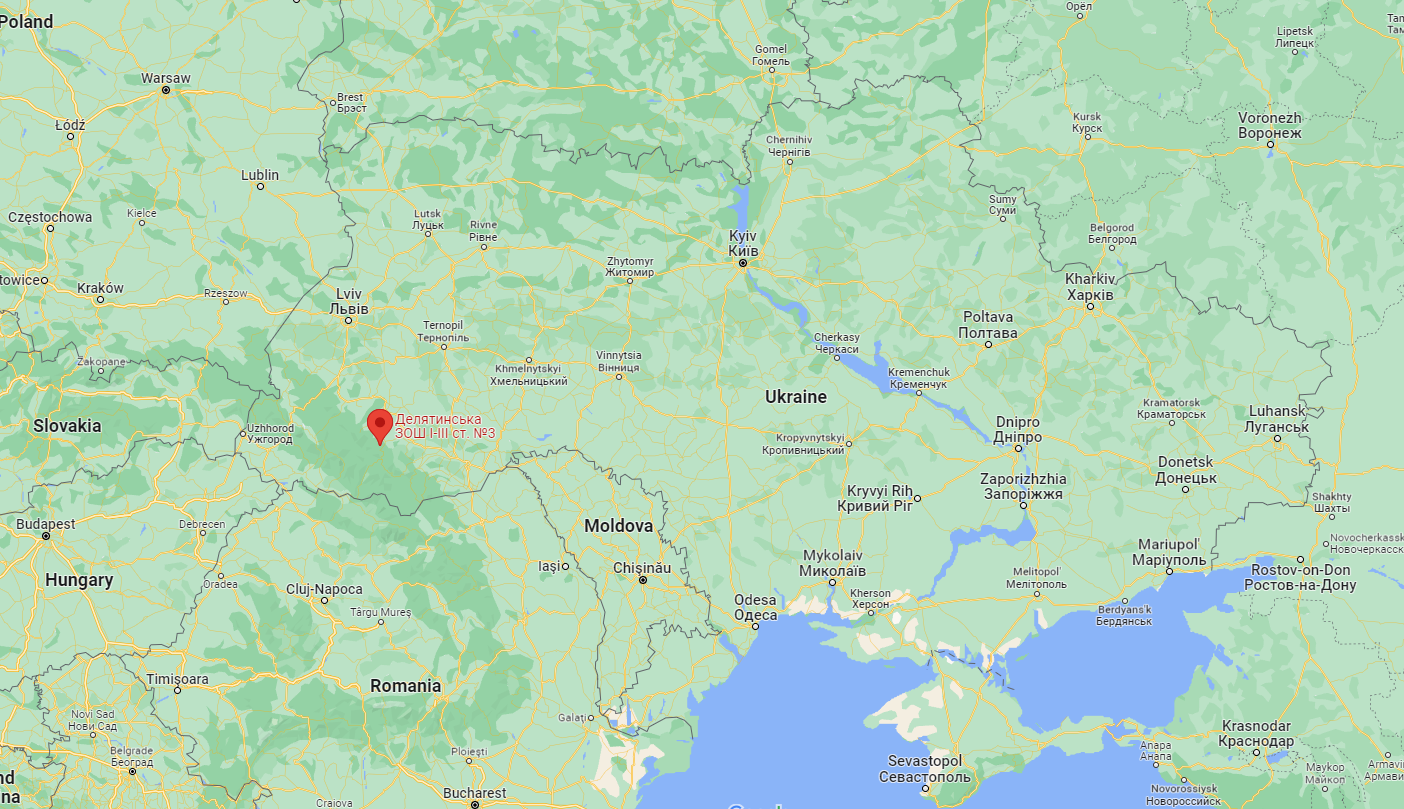
The War Zone hasn’t yet been able to geolocate the supposed target using commercial satellite imagery that matches what is seen in the video, which appears more like a large above-ground warehouse or barn. There’s also a distinct lack of secondary explosions as one would expect when rocket fuel and explosives cook-off. It’s still possible a Kinzhal hit the base, but the video is suspect at a minimum.
The use of Kinzhal to hit this target is also further evidence of how Ukraine’s air defenses remain a potent deterrent to Russian forces. They have been remarkably effective against Russian aircraft, and have had some success against cruise missiles, as well, but that has not stopped cruise missiles from delivering successful attacks to targets in Ukraine’s far west. Regardless, it is becoming crystal clear that Russia remains unwilling or unable to fly manned strike aircraft against targets that far west given the Ukrainian counter-air threat.
But beyond Kinzhal’s standoff range and it being designed to defeat air defenses, it isn’t clear why this target necessitated its use. The hardened nature of the supposed weapons bunker would potentially make a ballistic missile a good choice to destroy it, but Russia has far more conventional Iskander-M ground-launched ballistic missiles that can be employed to do so.
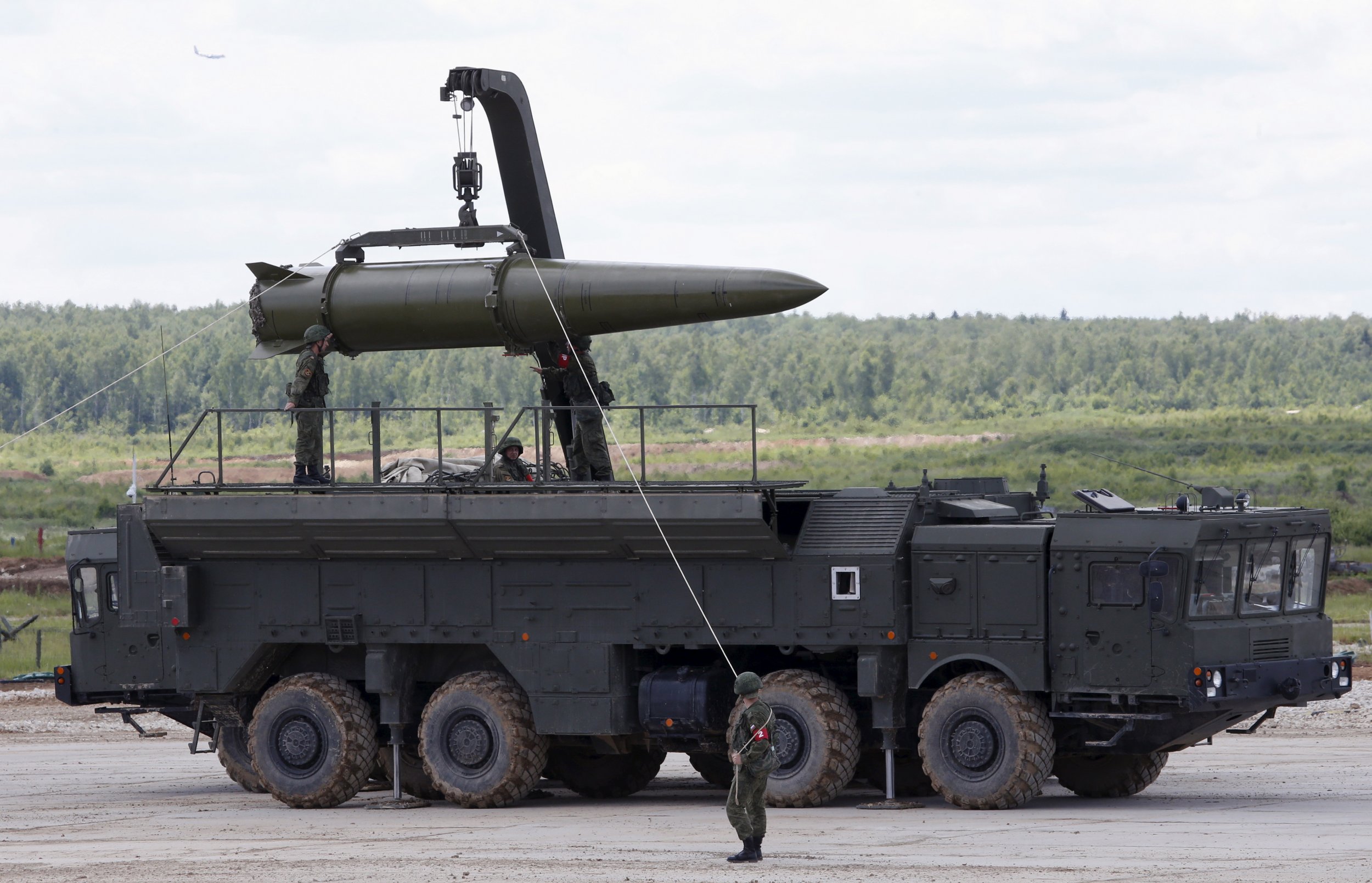
But considering air defenses were clearly a reason to use such a high-end capability to hit the weapons bunker, it further begs the question of how a lowly Orlan-10 unmanned aerial vehicle managed to get over the supposed target area to film the attack.
Orlan-10’s range is typically stated to be between 120 and 150 kilometers, or between around 75 and 93 miles. However, it is said to be able to conduct operations out to a range of 600 kilometers, or almost 373 miles, in an “off-line mode” along a preplanned route where it can record video footage, but not transmit it in real-time. One of these drones recently reportedly crashed in northwestern Romania more than a week ago, suggesting that they have been employed in this general region of Ukraine before. With these ranges in mind, an Orlan-10 could potentially fly to this part of Ukraine from southern Belarus, but could also have been launched from Moldova’s pro-Russian breakaway region of Transnistria. Nevertheless, the fact that it was just flying around this remote target area indicates that recording the strike was well worth losing the drone over or that it happened in a different area altogether.
There’s also an element of further messaging to NATO here, allegedly using one of Russia’s most advanced offensive capabilities against another Ukrainian base close to the border. You can read about our coverage of the Russians’ strike on a former NATO training base near the Polish border last week here.
Also, as we predicted before Russia’s invasion of Ukraine kicked off, the Kremlin would eventually use the conflict to showcase its most advanced capabilities and weapons innovations. This also fits into the strategic messaging component.
Above all else, maybe the most pressing question is why was this capability used now? Why weren’t Kinzhals used during the opening hours and days of the conflict to blind command and control, knock out air defenses, and neuter the enemy’s ability to effectively fight in a coordinated manner? That question is still very much up for debate as is Russia’s overall capacity to execute a modern integrated military operation. But in the meantime, the peculiar use of standoff weapons, and in small numbers, tells a lot about Russia’s stocks of precision-guided weaponry — although these revelations are not really all that new — and especially when it comes to the more expensive and advanced standoff kind. Maybe it is a sign that Iskander-M stocks are already running low.
In the end, not everything adds up here. That’s just the reality. It is just as possible we are seeing a standard Iskander-M attack in the video as one by Kinzhal, although maybe we will get more proof otherwise. The fact that sources in the U.S. government have also confirmed Kinzhal’s use points to the possibility that maybe its target was different than what was claimed, and this would fit with the discrepancies with the video. It’s also possible that the U.S. assessment will change as this is still a very new development.
We will keep you informed as we find out more.
UPDATE: 5:20 PM EST—
We can now say for certain that the strike depicted happened nowhere near the western part of the country and not at some major military weapons storage area. It happened at a heavily bombarded rural area in the far eastern area of Ukraine:
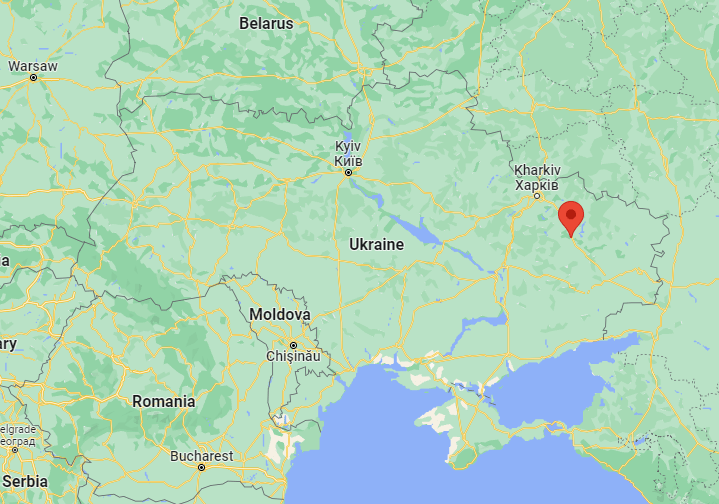
In satellite imagery The War Zone obtained from Planet Labs, you can clearly see the farm featured in the video. It was partially destroyed by the time the image was taken, on March 12th, 2022, a week before this video was released and news of Kinzhal’s use was distributed:
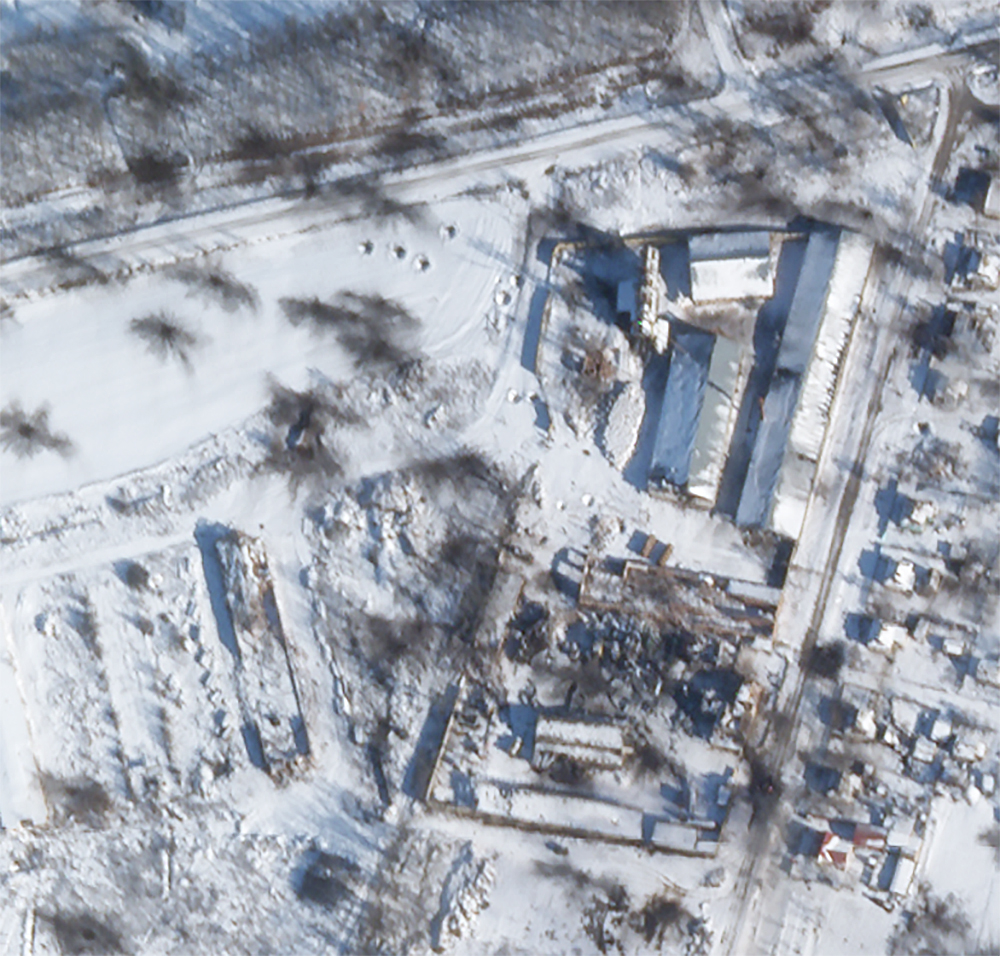
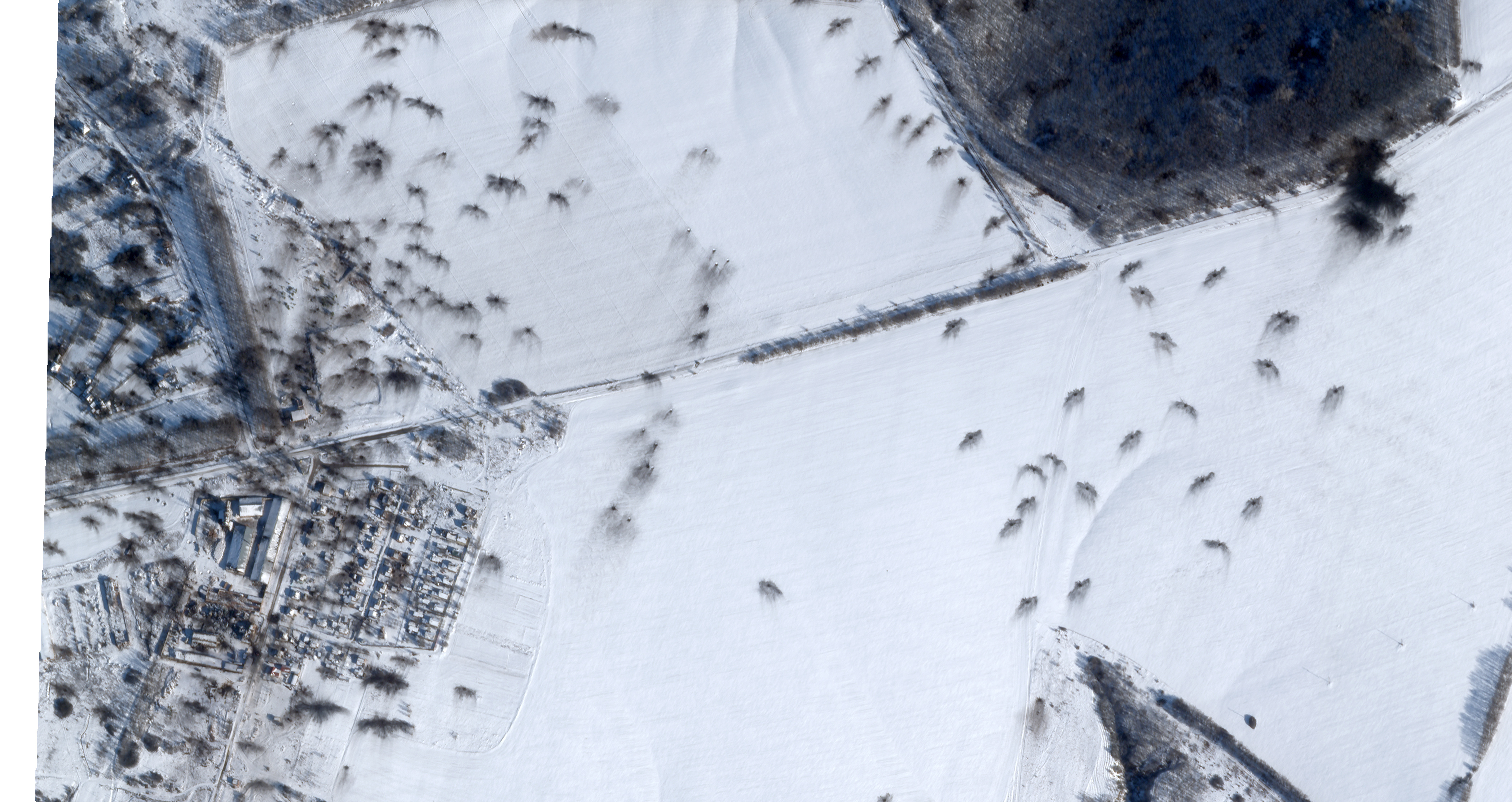
This also answers our question as to the UAV’s presence above the target area. The anti-air threat is nothing in Ukraine’s east as it is in the west. This also calls into question, even more, why a missile of Kinzhal’s nature would be used on a target close to Russian territory and on what appears to be a farm’s barn or large chicken coop.
With all this in mind, it is very unlikely we are seeing a Kinzhal missile being used in the video. Whether or not one was used at all, we cannot answer that. Maybe there was another target somewhere, but this was not it.
We will continue to look into the matter and keep you updated as to what we find out.
Contact the authors: Tyler@thedrive.com and Stetson.Payne@thewarzone.com
